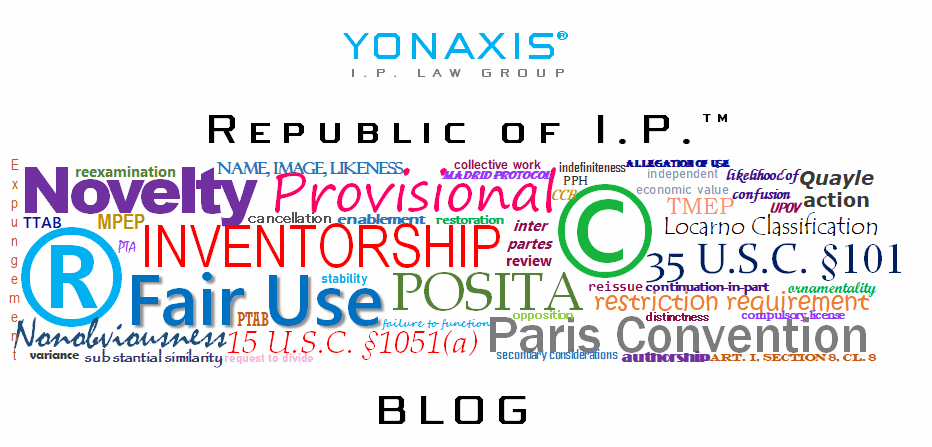When the USPTO examines trademark applications or when courts assess potential trademark infringement, they rely on a multifaceted analysis to determine whether two marks are likely to cause consumer confusion. The framework established in In re E.I. DuPont DeNemours & Co., sets forth thirteen factors to guide this inquiry. Among these, the sixth DuPont factor—examining …
Category: trademark
Understanding Dilution in Trademarks
The federal Lanham Act provides trademark owners various legal causes of action, including trademark infringement and dilution. While trademark infringement requires proof of consumer confusion, dilution protects famous marks from uses that weaken their distinctiveness or harm their reputation – even when there is no likelihood of confusion present as to the source of goods …
Free Speech Considerations in Trademark Law
Trademark law intersects with First Amendment free speech rights in several key ways: Prior Restraint and Content-Based Restrictions: When the government denies trademark registration based on the content of a mark, it potentially creates a content-based restriction on speech. While trademark registration provides valuable benefits (like presumptive validity and enhanced enforcement rights), denial doesn’t prohibit …
Understanding the Jack Daniel’s and Rogers Tests in Trademark Law
At the complex intersection of trademark law and First Amendment protections, courts have developed a sophisticated framework to balance commercial trademark rights under the Lanham Act against First Amendment expressive speech. Two key tests have emerged as crucial tools in this analysis. The Rogers Test: Protecting Artistic Expression The Rogers test, established in Rogers v. …
NFT I.P. Issues
Non-fungible tokens (NFTs) have revolutionized digital ownership and created entirely new categories of intellectual property disputes. As these blockchain-based assets continue to evolve, they present unique technical and legal challenges that traditional IP frameworks are still adapting to address. The recent Ninth Circuit decision in Yuga Labs, Inc. v. Ripps illustrates the I.P. issues, and …
Understanding Section 2(c)’s Names Clause
The Lanham Act serves as the cornerstone of federal trademark law in the United States, establishing comprehensive protections for brands, consumers, and public figures alike. Among its many provisions, Section 2(c) stands out as a crucial safeguard for famous individuals and celebrities, preventing the unauthorized use of their names in trademark registrations. What is Section …
What’s Wrong with DIY Trademark Filing Services?
In today’s digital age, do-it-yourself legal services promise quick, affordable solutions for complex legal matters. Websites like Trademark Engine, Trademark Genius, and similar platforms market themselves as cost-effective alternatives to hiring an attorney for trademark registration. While the appeal of saving money is understandable, the reality is that do-it-yourself (DIY) trademark filing services often create …
The Recipe for Legal Protection of Culinary Creations
The culinary world presents unique challenges when it comes to intellectual property protection. While chefs, food bloggers, and recipe developers invest considerable creativity and effort into their recipes, the legal landscape surrounding recipe protection is surprisingly complex and often counterintuitive. Understanding how copyright, trademark, and patent law apply to recipes is crucial for anyone in …
I.P. Issues in Gaming
The gaming industry sits at a fascinating intersection of creativity and intellectual property law, where developers, content creators, and players constantly navigate complex copyright and trademark landscapes. Understanding these legal frameworks is crucial for anyone involved in game development, streaming, or content creation. Copyright Fundamentals in Gaming Copyright protection extends to numerous elements within video …
Metadata and Web Scraping: I.P. Issues
In our increasingly digital world, data extraction and analysis have become fundamental to how businesses operate, researchers conduct studies, and AI systems learn. Two key concepts at the heart of this data revolution are metadata and web scraping technologies. While these tools offer tremendous value, they also raise significant questions about privacy and intellectual property …
